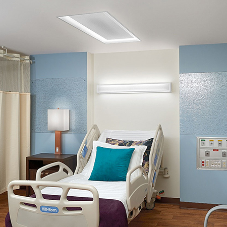It’s claimed that field engineers spend two thirds of their time validating basic equipment information, over 80 percent of maintenance is done reactively and that more than half of construction projects are over budget. This sounds like an enormous drain on efficiency, but luckily there seems to be a relatively easy solution: asset mapping.

Asset mapping is a scalable database, designed to bring together data from numerous devices and systems into a single, intuitive map.
Asset mapping focuses on operational equipment, including heating and air conditioning, lighting and security systems, collecting data from serial numbers, firmware, engineering notes of when it was installed and by whom, and combines the data in one place.
The system can show engineers in real time on a map where the equipment needs to be installed and, once the assets are connected to the real-time system using the internet of things, these can be monitored via the web, app, and other remote devices and systems.
It also helps customers build databases of asset performance, which can aid proactive building maintenance and reduce building procurement and insurance costs.

By the way of an example, the Asset Mapping platform, which was developed and used at the London 2012 Olympics, connected to live equipment to display the location and real time health on an online map. Asset locations were gathered from CAD software, information from scheduling tools and task and asset management software were added. This enabled the stakeholders and the project teams to know where, when, and who needed to install equipment.
By using tablets to accept tasks, installation teams could navigate to the exact location where equipment needed to be installed, and had access to real time information which was needed to complete tasks efficiently. Real time information and live video feeds could be accessed via the online map. Unlike other methods used in construction, information was always current, accessible and as jobs were completed, the manager was notified automatically.
Localising data in one place, adding real-time feeds and making information visual can help people on site do their work better, and organisations cut operational and energy costs that today are seen as unavoidable.
What do you think? Join the conversation on our Linkedin post.
Related Blog Articles



crop192.png)












